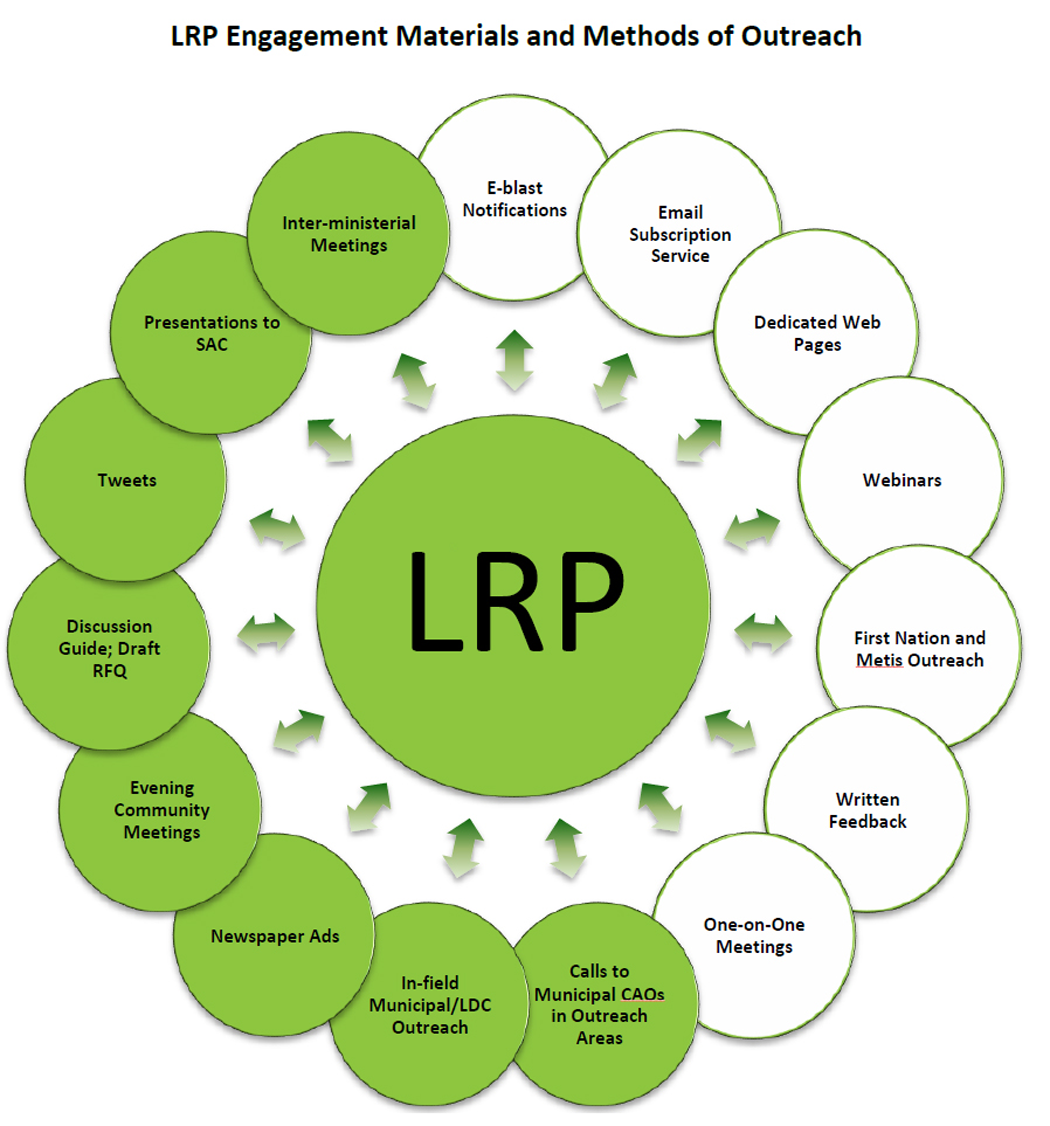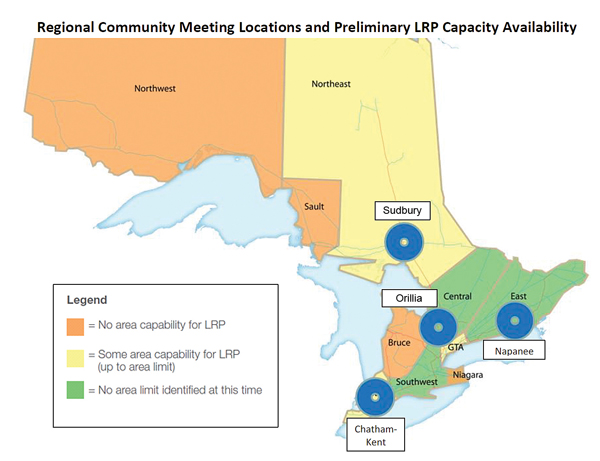Ontario’s next round of large scale renewable power procurement moved a step closer to reality with the release on March 14 of the OPA’s recommendations on the design of the procurement program. In the document, the OPA lays out a set of terms and principles that are likely to form the basis for the transition from the Feed-in Tariff’s standard offer program to a competitive procurement process for Large Renewable Power (LRP) projects in Ontario. The document was produced in response to a directive from Minister Chiarelli for the OPA to consult with stakeholders and collect input in the preparation of its recommendations on the design of its procurement program. APPrO and many other organizations participated in the consultations. The document is dated February 28 but was released publicly on March 14.

Jason Chee-Aloy, Managing Director with Power Advisory LLC working with a number of Ontario generators, believes that the OPA “has done a very good job consulting with stakeholders on the Preliminary Draft RFQ Evaluation Criteria.” He notes that the recommendations released in the February 28 report “present thoughtful changes to the draft RFQ evaluation criteria and the direction of the overall design of the LRP. Therefore, it appears that stakeholder engagement is working in the LRP design process.”

The one OPA recommendation that is very problematic in Chee-Aloy’s view is the suggestion that all distribution-connected renewable generation projects be placed under IESO dispatch. He cites two kinds of problems: the consequences of the related revenue volatility, and the complications resulting from the required market rule changes. Chee-Aloy notes that “IESO Market Rules would need to be amended to expand the definition of an IESO Market Participant that must be dispatchable. The process to amend applicable rules will be long and controversial, therefore potentially opening up an OEB review if such changes were ever approved by the IESO Board of Directors. As a result, the timelines to incorporate renewable generation projects that are distribution-connected into the IESO’s scheduling and dispatch process will not meet the LRP procurement timelines defined in the LTEP and the Ministerial Directive to the OPA.”
Second, Chee-Aloy notes that subjecting distribution-connected renewable generation projects to the IESO’s scheduling and dispatch process “will increase the potential for curtailment of energy production from these projects, therefore introducing revenue risks to these projects. Such risks are not appropriate for these projects, as their energy production will essentially work to lower energy demand, therefore acting more so as conservation resources, which is in-line with present Government objectives contained in the LTEP.”
While the OPA notes that inclusion of out-of-Province hydroelectric generation projects will be challenging, the OPA did not identify the main obstacle directly. Chee-Aloy says, “the main obstacle is designing evaluation criteria in the RFP and a procurement contract that ensures an out-of-Province generator schedules its energy production in the same manner as Ontario generators schedule their energy production, and therefore attempting to levelize the risks of receiving dispatch instructions from the IESO to produce energy. Contractual solutions exist to address this obstacle but it will be extremely difficult to contractually levelize the scheduling and dispatch risks for out-of-Province generators compared to Ontario generators – same for levelizing the evaluation criteria in the RFP. Therefore, the end result could be an unlevel playing field between out-of-Province generators and Ontario generators within the LRP.”
The OPA’s February 28 report builds on the OPA’s interim recommendations, provided to the Minister on August 30, 2013, and summarizes the results of the OPA’s additional work on the Large Renewable Procurement (LRP) program and the feedback received through community engagement activities from December 2013 to February 2014. The report is currently with the Minister of Energy for review and consideration.
The OPA plans to host an additional webinar at a later date to discuss the transmission capacity availability for LRP and to answer questions.
For a copy of APPrO’s comments on the design of LRP, please contact Jake Brooks at the APPrO office.
More information is available at www.powerauthority.on.ca/lrp.
